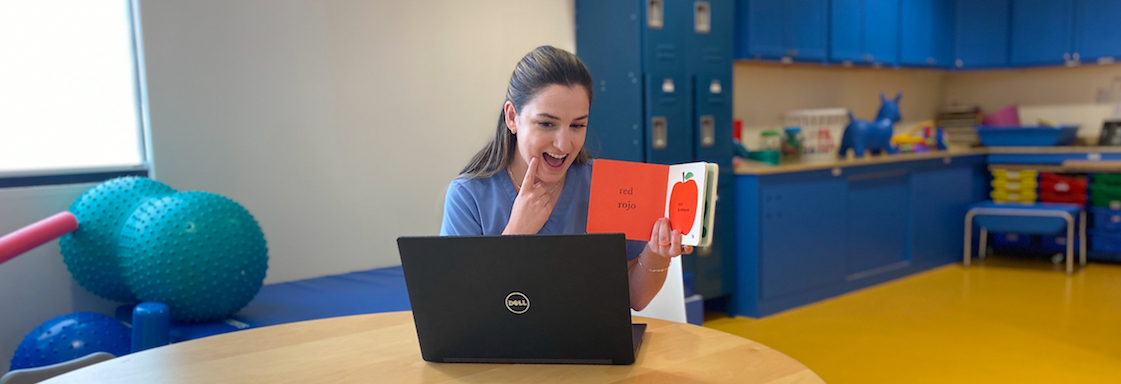In this section you will find information, interventions, and strategies on the use and benefits of rehabilitation technology, assistive devices and specialty equipment. These may include: General information on equipment, recommendations regarding how to care for your equipment, and more!
Video: Wheelchair Fit
- Link: https://www.youtube.com/watch?v=sBrYznsoNRU
- Technique: Equipment.
- Exercise Objective: Ensure proper fit of the seating system in manual wheelchair or power chair.
- Exercise Requirements: Wheelchair.
- Precautions: All seating systems are ordered to uniquely fit and support the individual/user and may vary from what is seen in this video. This is not inclusive to all configurations, parts and accessories; any concerns on fit or function should always be discussed with primary therapist or ATP.
- Equipment: Wheelchair.
- Contraindications: Information not intended for users not using a seating system, manual wheelchair or power chair.






